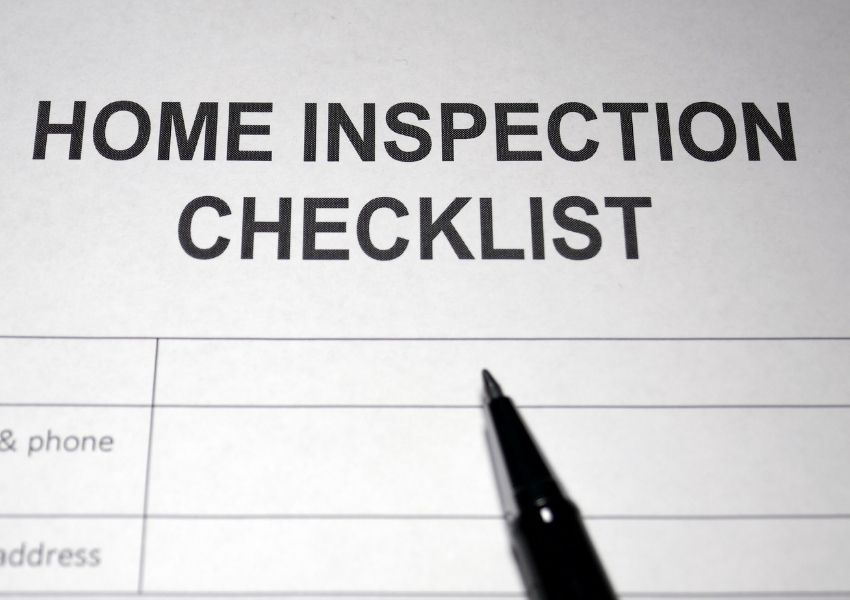
New shoes get scuff marks, white linen thins, and jeans fade over time.
Rental homes also go through this same process. Furniture becomes faded and appliances experience breakdowns. This is attributed to normal wear and tear.
When a rental home depreciates due to a tenant staying in a unit, normal wear and tear are expected. It’s not considered damage arising from a tenant’s irresponsible behavior.
This is because wear and tear is considered a natural process when someone lives inside your property.
Dealing with Normal Wear and Tear
Landlords are obliged to perform repairs and maintenance work for normal wear and tear. You bear the responsibility of fixing things in your rental home.
As a landlord, it’s important to be aware of which damages arise from normal wear and tear, and on the other hand, which damages are caused by tenant neglect.
Running a rental business means you need to hold your renters accountable for the damages they cause to your unit. This creates a fair environment for both landlords and tenants.
This article focuses on differentiating normal wear and tear from tenant-related damages. Knowing the difference between the two makes it easy to perform the proper deductions on security deposits.
You'll want to assign the repair costs to the responsible party at the end of the tenancy.

Differences Between Wear and Tear and Unexpected Damages
Wear and tear can have different definitions under the State law, but usually, its considered the expected decline in the condition of a property including its furniture and appliances.
Over the course of a tenancy, deterioration will occur no matter what.
Bathroom tiles may not be as bright and shiny as the first month they were placed. Everyday use results in this dulling. Note that the longer tenants stay in your rental space, the more wear and tear will be noticeable.
Unexpected property damage can be expensive, cause depreciation, and reduce the usefulness or functionality of the property. Often, this results from tenant neglect and abuse.
Coverage Under Wear and Tear
In daily life, tenants are bound to cause normal wear and tear inside the rental. Operating the kitchen appliances, closing and opening doors and windows, and walking about the unit will lead to scrapes, stains, and scratches.
Coverage Under Tenant Damage
Damages that are beyond normal wear and tear can be categorized as unexpected damages. Accidents may cause injury or property loss. With proper maintenance, this type of damage could be avoided.
Typically, tenants are the culprits for unexpected damage. But landlords can also take the blame for excessive damage. If a tenant has reported a maintenance concern and the landlord didn't take action on it, any resulting damage would be their fault.

Here are some damages that landlords can be guilty of due to negligence:
- Water damage from leaking roofs and cracks in walls.
- Faulty design of the rental unit.
- Plumbing fixtures that lack proper maintenance.
Under Arizona landlord-tenant law, you're required to provide a habitable living space for your tenants.
The building must follow the safety codes, meaning HVAC systems must be functional, pest infestations must be dealt with, and so on.
Cases Where Landlords Can Use Security Deposits
Being aware of the extent of normal wear and tear is useful for landlords.
If you can determine and prove damages are beyond the acceptable deterioration level, then you can use a tenant's security deposit to cover repairs.
A lot of conflicts come from the confusion of what's considered “normal wear and tear” and what's not. In fact, lawsuits often arise from these disputes.
This is why it’s vital for landlords to understand the definition of normal wear and tear and what constitutes it.
Actively Monitoring Damages
To avoid litigation and avoid wasting your time and money, you should document the property's condition before and after a tenancy.
During the move-in inspection, use a proper checklist, and communicate with your renter about the expectations you have over their maintenance of the rental unit.
You can take photos during the move-in and move-out stages of the tenancy. This will allow you to track the current condition of the rental. In the case of disagreements, you can refer to solid documentation.

This can help clear up misunderstandings and assign responsibility to the right party.
This method also helps you spot things that need attention. When you see damages and determine that they were caused by the tenant, you can talk about the options for repair and the fees.
For easier calculation, it’s best to first document the issue and take photos of the damage. Then, you can start an itemized list and estimate the cost of fixing the damage. You can then sum up the total for all the damages that need repair in your rental.
When you refund their security deposit, include the itemized list. Renters need to know about the deductions and the reason behind them.
Detailed Tenant Screening as Prevention
Damages can be avoided if you avoid having a problematic tenant to begin with. Good tenants are more responsible in taking care of your unit and will have a lower risk of causing expensive damages.
Implementing a detailed tenant screening can help you avoid tenant damage. It’s smart to conduct a background check to protect your rental.
If you need help finding great tenants and managing your Tucson rental, contact Foothills Properties today. We'll market your vacant property and screen potential renters on your behalf. Get in touch today to learn more!








